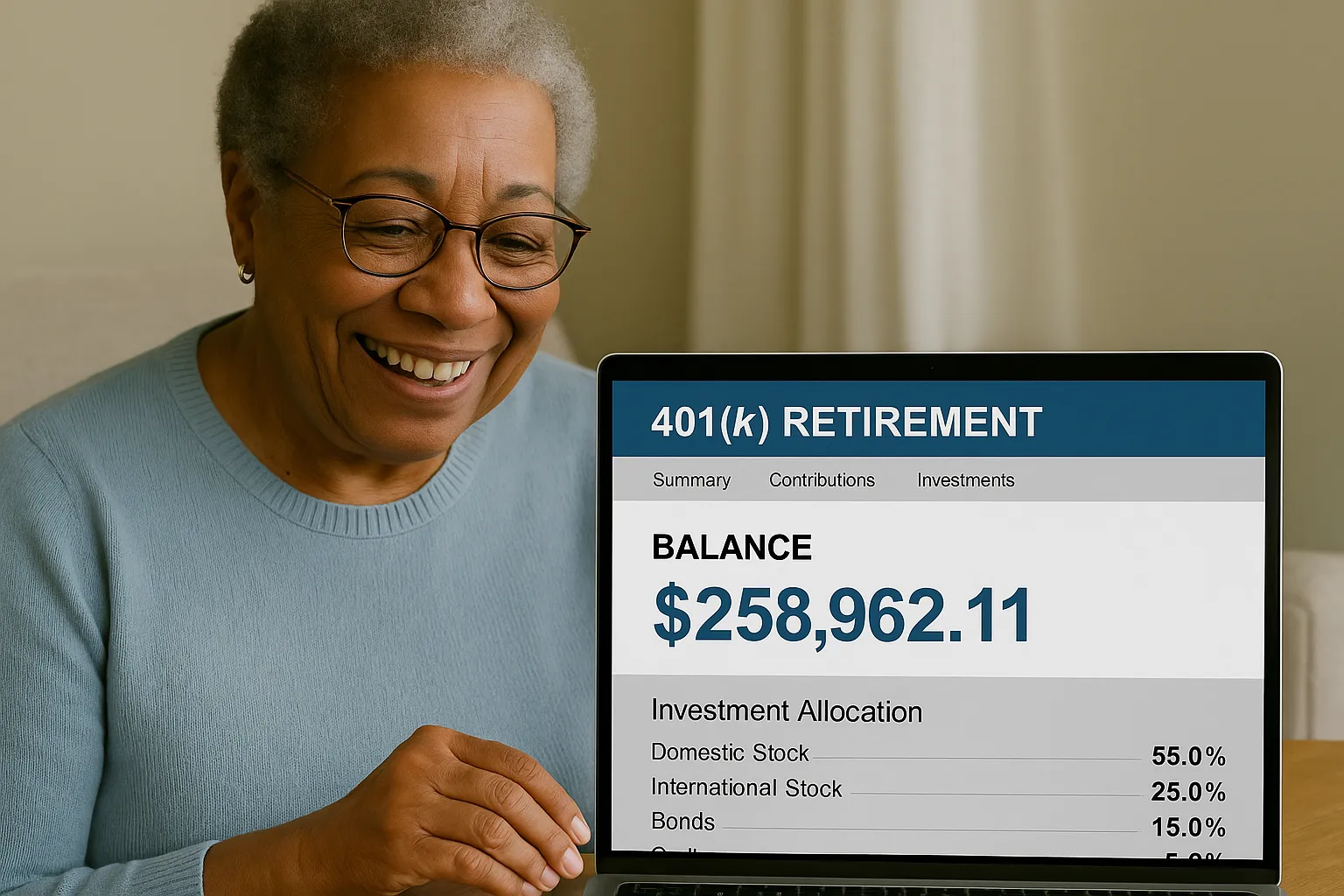By: Pamela Martinez, JBS Corp.
There are four major taxes imposed on an individuals’ income: Federal (IRS), State & Local, Social Security, and Medicare. Social Security and Medicare are taxed at a flat rate of 15.3% (split 7.65% each between employee and employer, paid entirely by self-employed individuals); state/local taxes are dependent on your state/city and federal taxes. Both state and federal taxes operate under a progressive tax system—and it’s a bit controversial. A progressive tax is income-based taxation, determined by what the government deems as fair rates. That is to say that individuals who earn a lower income are taxed at lower rates than those who earn a higher income.
Progressive Income Tax
A video released by PragerU, The Progressive Income Tax: A Tale of Three Brothers, does an excellent job of depicting the reality of the progressive income tax. It tells a story of three brothers; Tom, Dick, and Harry, who grew up under the same circumstances–household, IQ, skills, and opportunity. The three brothers are all married with two children, work the same job, and get compensated equally. The only, and most significant, differences between the brothers are the hours worked, spousal income, and savings. Tom and Dick spent all their income due to lack of knowledge regarding investments, while Harry and his wife made a habit of setting money aside monthly to invest in stocks and bonds. Here’s how their yearly income turned out:
- Tom worked the least hours, and his wife did not work; they made $25,000.
- Dick and his wife worked regular hours; they made $75,000.
- Harry and his wife worked long hours and put money aside to invest; they made $150,000.
The three brothers decided to buy equally-priced homes on the same street and pulled their funds to make their homes less inviting to crime by installing a security gate and improving their homes’ overall curb appeal. The job cost $30,000. Harry was under the assumption that the cost would be split equally—$10,000 each. However, Tom and Dick decided that it would be an unfair payment since Harry made more money than both. They argued about fairness in cost based on their income; here were their options:
- They all pay an equal amount of $10,000.
- Their combined income equals $250,000, and $30,000 is 12% of that number. Therefore, they should all pay 12% of their income. Meaning that Tom pays $3,000, Dick pays $9,000, and Harry pays $18,000.
- They follow a progressive income tax model (like what we use in the United States), which means Tom pays nothing ($0), Dick pays $6,550, and Harry pays $23,450.
Option 3, as absurd as it may seem, was the winner. The logic the brothers followed was that of the U.S. government—since harry makes more money, he can afford to pay higher taxes than his brothers.
How It Works
The U.S. began to impose a progressive tax system to create a fair arrangement in which citizens are only taxed what they can afford to pay—lessening the tax burden for the low and middle class. Your tax rate in a progressive tax system depends on which tax brackets you fall under, determined by your taxable annual income. Here’s a brief illustration on the 2019-2020 tax brackets for single filers and married filing jointly:

*Tax rates are established and adjusted yearly by the IRS.
Each individual gets a standard deduction of $12,200 (married filers get it 2x). The remaining is their taxable income. They’ll get taxed at every bracket until they’ve reached their marginal income rate. For example, using a single filer earning $60,000 per year:

Now, every new dollar this single filer earns above $60K is automatically taxed at 22%; this could be interest from savings, gains from investments, or even a raise.
Think of the tax bracket as a set of stairs, at the bottom of the stairs (the beginning of your income), you are faintly taxed, and as you gradually earn more income (throughout the year) and make your way up the stairs, your tax rate increases with you. The same applies to the top of the stairs. You’re taxed at the highest possible rate, and if for some unfortunate reason your income begins to deplete and you begin to make your way down the stairs, so will your tax rate.
Is It a Fair System?
On paper, the progressive tax system appears fair—you only pay what you can afford—however, in practice, one class of citizens pay the majority of the countries taxes. There’s an ongoing nation-wide debate on whether the progressive income tax system is the best option for taxation in the United States. Supporters will exclaim that such a system can produce more money for the government while simultaneously lessening the poor’s burden. And opposers will call into question the “fairness” embodied in the progressive tax system. Nonetheless, there is one element both sides can agree on, tax reform is necessary. They just haven’t gotten it right yet.
What’s the Alternative?
A flat tax system that cuts out the middleman; In a second video by PragerU, Would a Flat Tax Be Fairer?, author and publisher Steve Forbes presents the argument for a flat tax system with no deduction. The system eliminates the tax bracket and taxes each taxpayer at the same rate, regardless of their annual income. What does this look like?
We’ll use the three brothers from the first example, Tom, Dick, and Harry, and apply a 17% flat rate to demonstrate:
- Tom earns $25,000/year and pays $4,250
- Dick earns $75,000/year and pays $12,750
- Harry earns $150,000/year and pays $25,500
Implementing a flat tax system also cuts the cost of compliance, cutting out the middleman, meaning that this system’s complexities disappear. And as a result, making it harder for wealthier individuals, who have access to various resources, finds loopholes in the system.
If you want to examine further the benefits of a single flat tax system and what that could look like for the future of the U.S., Steve Forbes book Reviving America is an excellent place to start. The book introduces possible solutions to complex policies and proposes a flat tax plan that promotes economic growth.
Like the progressive tax, the flat tax has its challenges, and its fairness is often called into question. The main argument is that this system creates a larger wealth inequity; by awarding the wealthy a tax break and burdening the middle class. For example, an individual earning $150,000 per year has a remainder of $124,500, enough money to continue gaining assets. However, an individual earning $50,000 per year will have a remainder of $41,500 per year, making them less likely to make big purchases.
Now that we’ve provided you with a brief explanation of two different tax systems; one that our country currently follows, and a possible alternative, do you think tax reform is needed in the U.S.?




